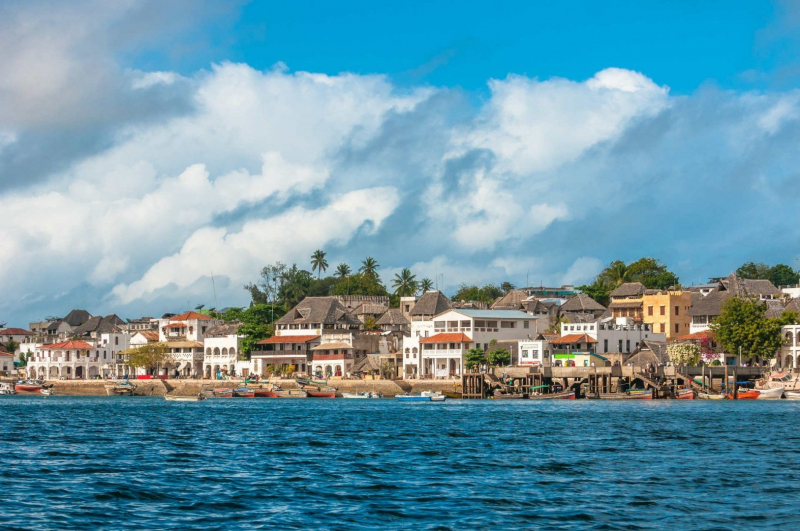Lamu Town
Lamu Town is a small town on Lamu Island, which is part of Kenya's Lamu Archipelago. Lamu Island is situated 341 kilometers (212 mi) by road northeast of Mombasa that ends at Mokowe Jetty. It is the Lamu County seat and a UNESCO World Heritage Site.
The Lamu Fort, located on the seaside, was built during the reign of Fumo Madi ibn Abi Bakr, Sultan of Pate, and was completed after his death in the early 1820s. Lamu also has 23 mosques, notably the Riyadha Mosque, which was established in 1900, as well as a donkey sanctuary.
Lamu Town was established in the 14th century and has several beautiful examples of Swahili architecture. The old city is designated as "the oldest and best-preserved Swahili village in East Africa" on the World Heritage List. Lamu's population is ethnically diverse, owing to its history as a slave-trading center. Lamu was on the main Arabian commercial routes, hence the population is predominantly Muslim. Tourists in town are expected to dress more than shorts or bikinis in order to respect the Muslim residents.
There are many museums on the island, notably the Lamu Museum, which houses the island's ceremonial horn; other museums focus on Swahili culture and the local postal service. Lamu Fort, Riyadha Mosque, and Donkey Sanctuary are among the town's notable structures.
Location: Lamu County, Kenya








